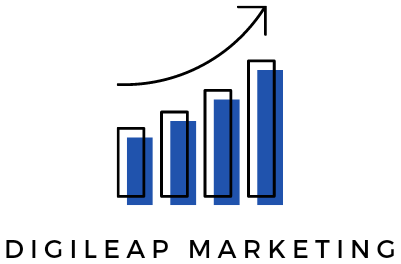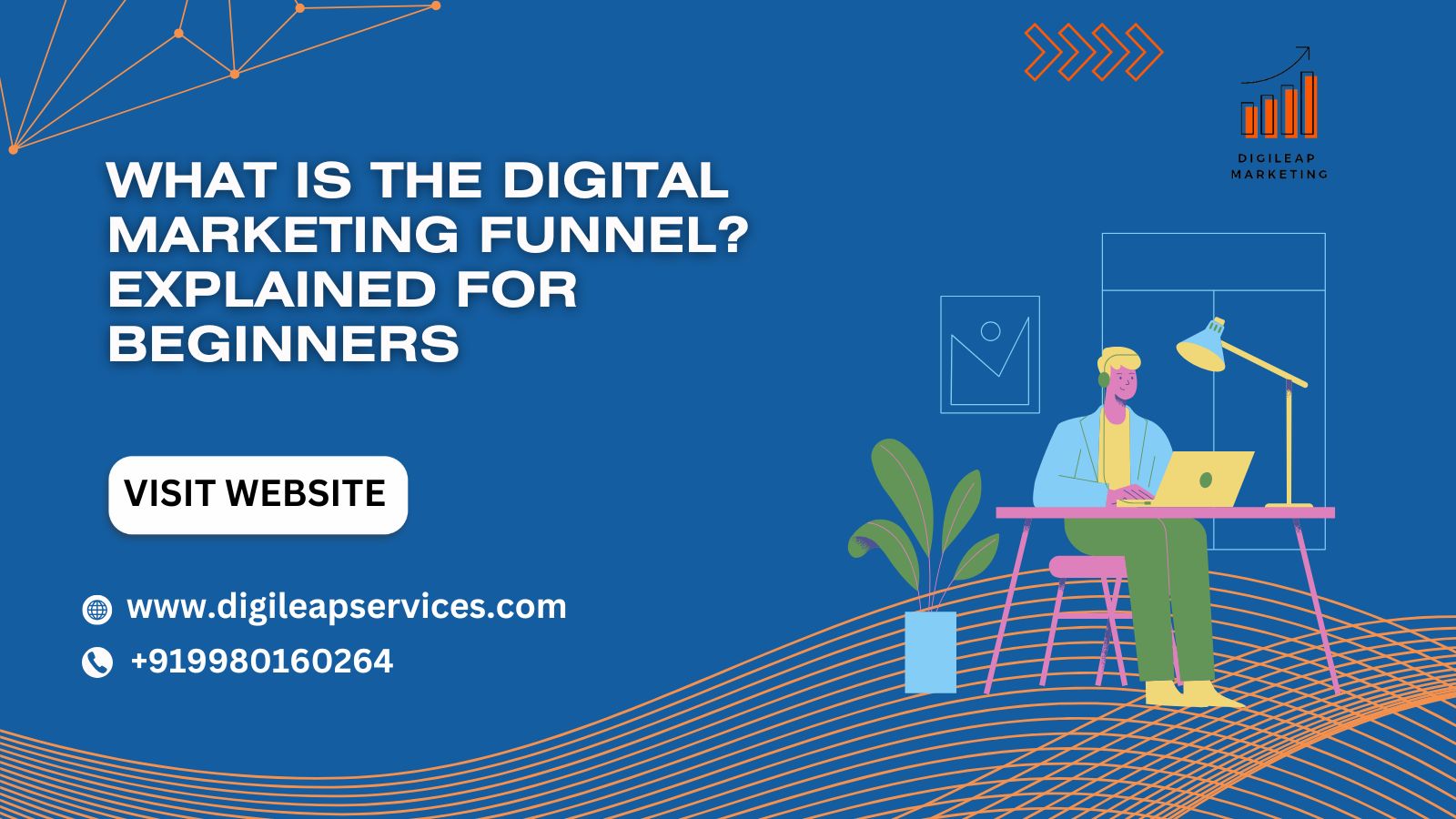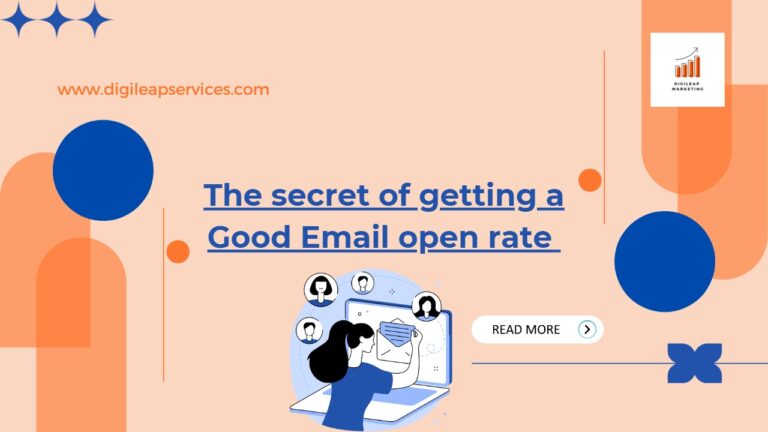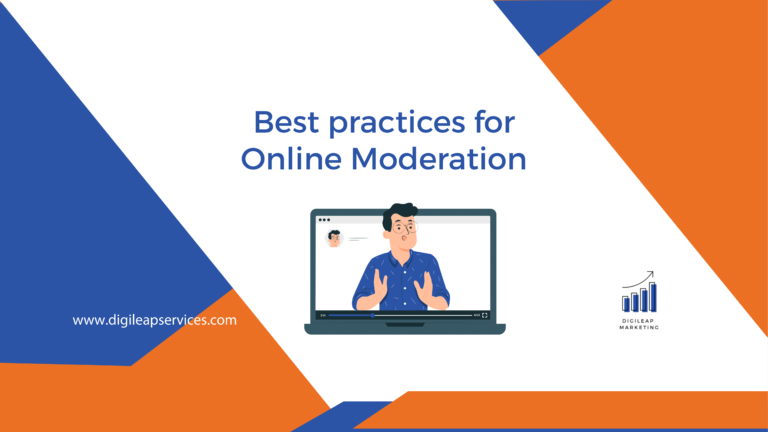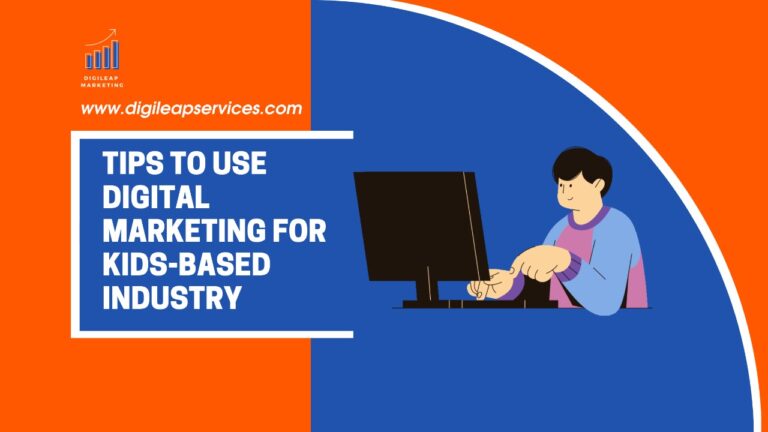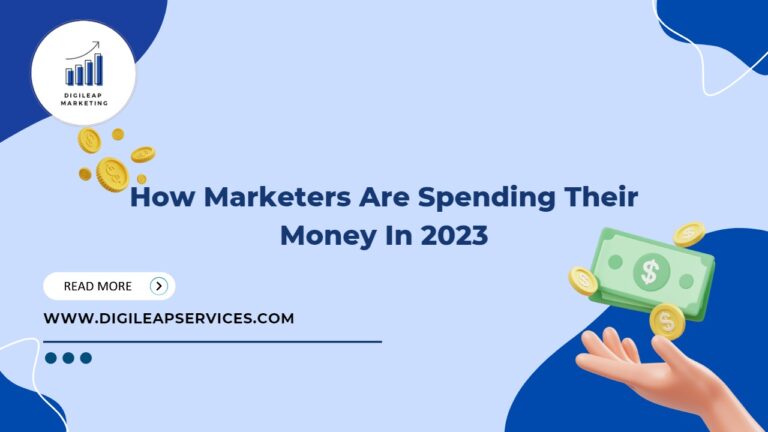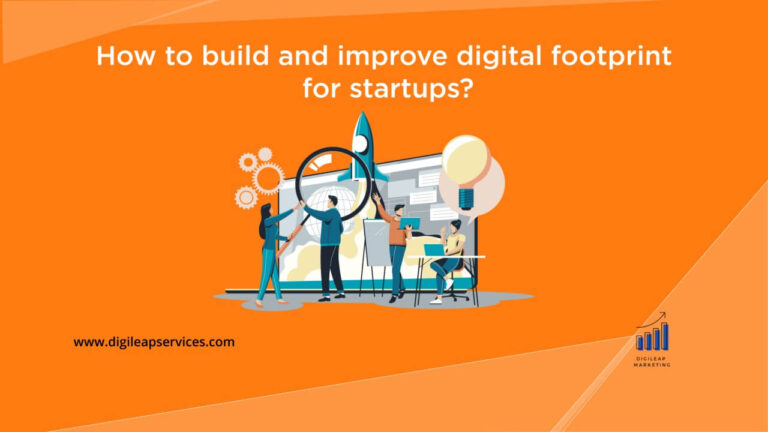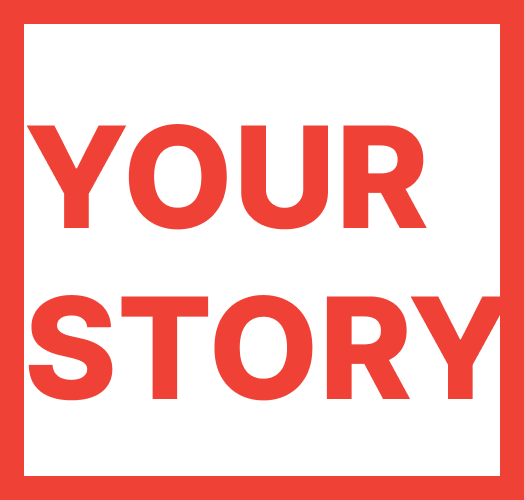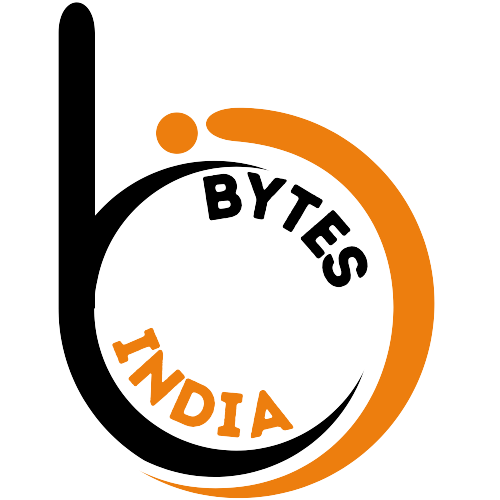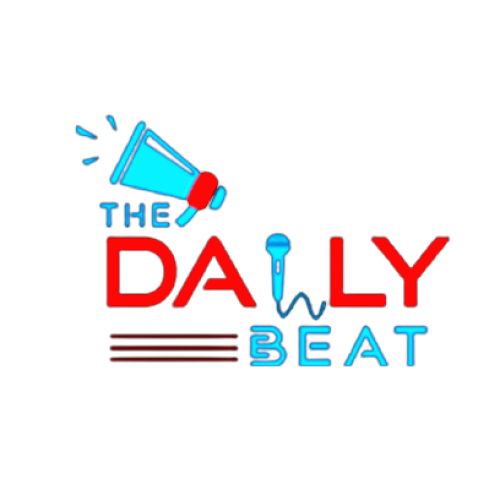What Is the Digital Marketing Funnel? Explained for Beginners
Ever wandered around a store, just browsing, and then—weeks later—found yourself buying that exact product online? Or maybe you’ve downloaded a free ebook from a website, only to get an email a few days later that perfectly answered a question you had? That wasn’t an accident. That was a digital marketing funnel working its magic.
You wouldn’t walk up to someone and shout “BUY MY STUFF!” and expect them to say yes. It’s awkward, and it never works. Customers need a journey. A marketing funnel is just that journey—a clear map of how someone moves from not knowing you exist to becoming a loyal customer. Without it, you’re burning through ad spend with little to show. With it, you guide people step by step, earn their trust, and turn clicks into real sales.
Here’s the truth: the funnel isn’t buzzwords or theory. It’s the difference between random traffic and paying customers. And honestly, who doesn’t want that?
Why Your Business Can’t Ignore the Digital Marketing Funnel
Imagine throwing a party. You wouldn’t just drag people off the street and force cake into their hands, right? You’d send out invites, welcome them at the door, offer them a drink, and then introduce them to everyone. A digital marketing funnel works on the same principle. It’s a strategic process that acknowledges that not everyone is ready to buy right now. In fact, according to a recent Statista report, a multi-touch attribution model is crucial because the average customer needs 6-8 touchpoints before a purchase. SIX to EIGHT! That’s a lot of missed opportunities if you’re only focused on the “buy now” button.
- Without a funnel, you’re basically guessing. You’re throwing marketing spaghetti at the wall and hoping something sticks. A structured funnel helps you:
- Stop wasting money: You target people with the right message at the right time.
- Build trust: You provide value first, which makes people more likely to buy from you later.
- Understand your customers: You see exactly where people are dropping off and can fix the leaks.
As marketing guru Seth Godin once said, “Don’t find customers for your products, find products for your customers.” The funnel is how you do that. You learn what they need at every stage and serve it to them.
The Three Core Stages of the Digital Marketing Funnel
Some entrepreneurs slice the funnel into five or six steps. But at its middle, it comes down to 3: the top, the middle, and the lowest. Let’s run them down.
Top of the Funnel (TOFU): The “Awareness” Stage
This is the widest part of the funnel. Your goal here isn’t to sell—it’s to be seen and to help. You’re attracting a large audience who has a problem, and they’re just starting to look for answers. They might not even know your brand exists.
Content is King (and Queen) at This Stage
blog posts, infographics, short TikToks, Reels, or even quick YouTube how-tos all work. The trick is just answering the questions people already have. Say you’re a small bakery—you could drop a video called “5 Mistakes New Bakers Always Make.” Simple, useful, and shareable. This isn’t about their cakes; it’s about providing genuine value.
SEO and Social Media are Your Best Friends
How do people find that awesome content? Through search engines and social feeds. Using search engine optimization (SEO) practices helps your content rank on Google when someone types in “beginner baking mistakes.” Similarly, sharing snippets on Pinterest or Facebook puts your solutions right in their path.
The Goal: Capture an Email Address
The primary call-to-action here is a soft offer. Maybe it’s a downloadable PDF version of the tips, a checklist, or a free webinar. In exchange, you get their email address, gently moving them into the next stage. This is where lead generation truly begins.
Middle of the Funnel (MOFU): The “Consideration” Stage
Okay, they know you now. They’ve had a taste of your expertise, and they’ve given you their email. They’re actively considering solutions, and you’re one of them. Your job is to nurture that lead and prove you’re the best choice.
Nurture with Email Marketing
You’re not hammering their inbox with “BUY NOW” every other day. You’re just dropping in with things that actually help—maybe a quick tip, a story from another customer, or proof that your stuff works. Keeps you in their head without being that annoying brand.
Prove Your Value with Case Studies and Webinars
Show, don’t just tell. A detailed case study showing how you helped a client solves a similar problem is incredibly powerful. A live webinar where you dive deep into a topic positions you as an authority and allows for direct interaction.
Retargeting: The “I See You” Ad
Ever looked at a product online and then seen ads for it everywhere? That’s retargeting. It’s a incredibly effective way to stay connected to warm leads as they browse the web, gently reminding them you have the solution they were just looking at.
: Bottom of the Funnel (BOFU): The “Conversion” Stage
This is it. The narrow part of the funnel. These people are ready to buy. They’ve done their research, they trust you, and now they just need a final push or the right offer to become a customer.
Make the Offer Irresistible
This is where your sales pages, free trials, demos, and final offers live. Your messaging shifts from “Right here’s how we can assist” to “Here’s exactly what you get and a way to get it.” Clarity and ease are key.
Overcome Final Objections with Social Proof
At this stage, people might be hesitating over price or commitment. This is where you hit them with heavy social proof: detailed testimonials, client logos, and reviews. It reassures them they’re making the right choice.
The One-Click Purchase
The final step is removing all friction. A complicated checkout process can kill a sale instantly. Your goal is a seamless, one-click (or as few as possible) purchase path. This is the culmination of all your lead generation and nurturing efforts.
Beyond the Sale: The Loyalty Loop
Here’s a pro secret: the funnel doesn’t end at the purchase. The savviest marketers know that a existing customer is your most valuable asset. The real goal is to create a “loyalty loop” where that happy customer is so delighted they either buy again or become an advocate who refers others.
That means nailing your onboarding, offering great support, and giving customers a place to belong—like a private group or a loyalty program. When people feel valued, they don’t just return; they tell their friends. And just like that, new leads flow back into the top of your funnel at no extra cost.
TL;DR:
The Funnel is a Journey: It maps the path from stranger to customer to fan.
Right Message, Right Time: You can’t sell to someone who doesn’t know you. Top-of-funnel is for awareness, middle is for nurturing, and bottom is for converting.
It’s About Trust: Providing value first builds the relationship that leads to sales later.
The Goal is a System: A strong funnel runs on its own—bringing in leads, changing them, and keeping your advertising steady and profitable.
Mastering the online marketing funnel is what separates brands that spin their wheels from those that develop. It’s now not approximately hints; it’s about being useful, earning belief, and creating a boom that lasts. While the ideas are simple, expertly constructing and coping with every level takes talent. This is where a specialized partner can make all the difference. If you’re ready to build a funnel that works and stop leaving money on the table, the team at Digileap would be happy to have a conversation. You can learn more about our data-driven approach on our services page.
